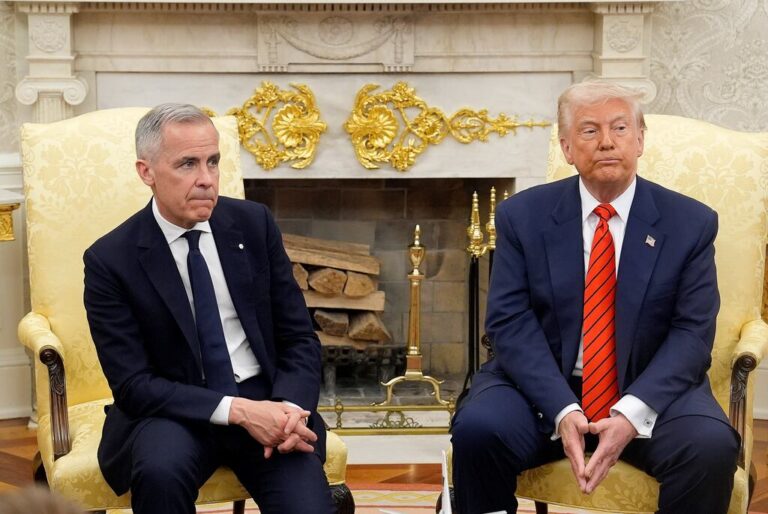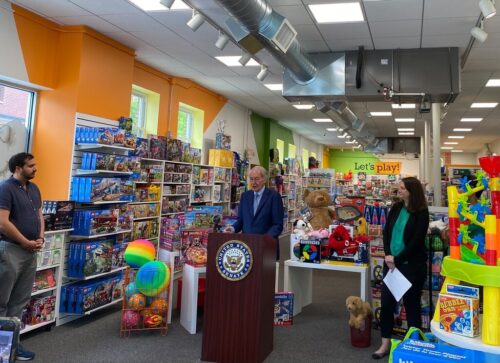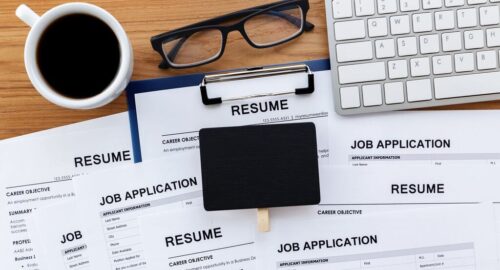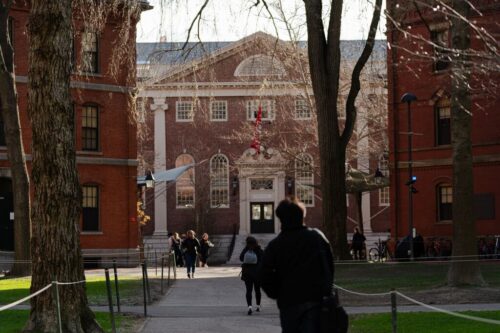This column is from Trendlines, my business newsletter that covers the forces shaping the economy in Boston and beyond. If you’d like to receive it via email on Mondays and Thursdays, sign up here.
In normal times, running Harvard University is a stressful but straightforward job: raise ungodly amounts of money, protect the school’s prestige, and keep a fractious faculty in line.
In our Bizarro World, however, Job One for Harvard president Alan Garber is fending off President Trump’s assault on the 389-year-old school’s independence.
The White House claims it wants to root out campus antisemitism, end illegal affirmative action, and dismantle “woke” ideological conformity. But the real objective is to force the country’s richest and most powerful university — and, by extension, its peers — to toe the MAGA line.
In a series of escalating moves, the administration has canceled billions in federal funding, pushed to revoke its tax-exempt status, and threatened to block the school from admitting international students.
Trump has deployed a similar strategy in his trade war, piling tariff after tariff on major trading partners. Harvard’s leaders would be wise to take notes.
The responses of China and Canada offer useful lessons for a university facing its own version of the same dilemma: How do you respond when the cost of defiance is high, but the cost of surrender may be higher?
Lesson 1: Stay calm, show resolve
Trump is the ringmaster of the media circus. Getting baited into a heated war of words is a mistake.
“Keep your cool but your elbows up” is the first thing Harvard should remember, advises Ian Johnstone, a professor of international law at Tufts University’s Fletcher School.
Elbows up, a hockey phrase, has become a rallying cry in Johnstone‘s native Canada, which has been steadfast in its resistance to Trump’s tariffs — and his adolescent taunts about making our neighbors to the north the 51st state.
The sentiment was not lost on China.
The Beijing government remained cool even as the United States imposed tariffs so high — a total of 145 percent — that they amounted to a trade embargo. It retaliated with carefully calibrated duties on US imports and made clear it would not be intimidated.
But President Xi Jinping remained open to negotiations, leading to last week’s 90-day truce in which each side rolled back most of their tariffs and agreed to keep talking. Many observers scored this round of the fight a win for China.
Lesson 2: Recruit allies
Canada, stunned by Trump’s harsh treatment, hit back with tariffs of its own.
But the country’s new prime minister, Mark Carney, is extending efforts to draw closer to the European Union — they struck a free trade deal in 2017 — and to expand commercial ties with other nations. Canada is also reaching out to American states, like Massachusetts, where it has strong trade connections.
“President Trump has ruptured the global economy,” he said in a campaign speech shortly before his Liberal Party won last month’s federal election. “America’s leadership of the global economy is over.”
Schools are starting to band together. More than 150 institutions — ranging from Harvard and other Ivies to large state schools and small liberal arts colleges — signed a statement last month denouncing the Trump administration’s “unprecedented government overreach and political interference” in higher education.
And a small group of elite schools has formed a “collective” to coordinate their response, The Wall Street Journal has reported.
The Journal didn’t identify members of the group, but it’s a good bet Garber is talking with his counterparts around the country.
Lesson 3: Explain what’s at stake
Canada is taking its case to the American public.
It has put up billboards in more than a dozen cities and towns blaring in big type that “Tariffs are a tax on groceries” or “Tariffs are a tax on hardworking Americans.”
Tariffs are a pocketbook issue.
Harvard needs to double down on the message that everyday Americans will be hurt by the loss of research funding, said David D’Alessandro, the marketing guru who ran John Hancock from 2000 to 2005.
“Garber has the advantage here if he keeps the discussion on the real cost to all the people who will lose the benefits of Harvard’s research,” D’Alessandro said. “It’s about the work its scientists do.”
Lesson 4: The art of the deal is a trap
Just look at Columbia University. It quickly caved to the administration’s demands after losing $400 million in grants. But the funding has yet to be restored.
Colleges should “avoid the transactional approach — hoping there is a quid pro quo,“ the Fletcher School’s Johnstone said. ”There’s no guarantee that the bullying will stop.“
Trump doesn’t care about negotiating reforms. He’s out to prove that no institution — not the courts, not the media, not academia — is safe from his political control.
Final thought
In court, Harvard will argue the government is violating its First Amendment rights and exceeding its legal authority. Important ideals — academic freedom, free speech — are at risk.
But in the court of public opinion, Harvard’s focus must be its pivotal role in saving lives.
Last week, doctors disclosed that they used a custom gene-editing treatment for the first time to fix a rare genetic mutation that would have almost surely killed an infant. The research was led by scientists at the University of Pennsylvania, which faces $415 million in federal cuts, and their collaborators included peers at the Broad Institute of MIT and Harvard, Harvard University, and Harvard-affiliated Massachusetts General Hospital.
That’s the fight Harvard must win.
‘Neither side wants a decoupling’: US and China linked by trade despite intense rivalry Harvard funding cuts approach $3 billion as more federal agencies join Trump’s pressure campaignHarvard president invokes ‘common ground’ with Trump administration but denounces the government’s tactics




Comment count: